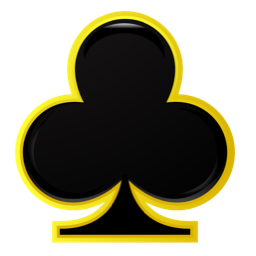Comparing Sports Betting and Casino Gaming in the UK: A Deep Dive

The UK has a rich and varied gambling culture that dates back centuries. From the glitz of London casinos to the cheering crowds at Ascot, gambling is interwoven into the fabric of British society. In this article, we will delve deep into the nuanced world of sports betting and casino gaming in the UK, juxtaposing the two to highlight their similarities, differences, and unique aspects.
Historical Overview
Sports Betting in the UK
The UK has a storied history of sports betting, with horse racing betting dating back to the 1600s. Over the years, this expanded to include football, rugby, cricket, and more. The Betting and Gaming Act of 1960 was a landmark legislation that allowed betting shops to be set up across the UK.
UK Sports Betting Sites
The UK’s online sports betting scene is vibrant, with many operators providing services. Here’s a list of uk sports betting sites:
- Bet365: One of the world’s largest online gambling companies.
- Ladbrokes: A historic name, they’ve been in operation since the 1800s.
- William Hill: Established in 1934, it’s one of the most trusted names in UK betting.
- Betfair: Known for pioneering the betting exchange model.
- Paddy Power: Merges humor with serious betting, often producing quirky ads.
- Coral: Established in 1926, it’s one of the UK’s big betting brands.
- Unibet: While originating from Sweden, they’ve made a significant mark in the UK market.
- Sky Bet: Affiliated with the broadcast giant.
Casino Gaming in the UK
The history of casino gaming is relatively recent compared to sports betting. The aforementioned 1960 Act also paved the way for casinos, but they only began proliferating in the 1970s. Today, London boasts some of the world’s most renowned casinos.
The Casino Landscape in the UK
While sports betting sites often also offer casino games, there are standalone casino platforms as well, such as:
- 888 Casino: Known for a vast array of games.
- LeoVegas: Dubbed the “King of Mobile Casino”.
- Betway Casino: Offers a mix of slots and live casino games.
Legal Landscape
Both sports betting and casino gaming are legal and heavily regulated in the UK. The UK Gambling Commission (UKGC) oversees all gambling activities, ensuring operators adhere to strict guidelines to protect players.
Popularity and Cultural Influence
Sports Betting: Betting shops are ubiquitous in the UK, underscoring the nation’s love for sports wagering. Events like the Grand National and the English Premier League see massive amounts of wagers.
Casino Gaming: While perhaps not as ingrained as sports betting, casinos still hold a significant place in UK culture, with places like the Hippodrome becoming cultural landmarks.
Digital Revolution
With the advent of the internet, both sports betting and casino gaming witnessed a revolution. Online platforms now dominate the landscape, providing convenience and variety to punters.
Advantages and Disadvantages
Sports Betting
- Pros: Can utilize knowledge of sports, variety of betting options, live betting.
- Cons: Unpredictable, potential for match-fixing, can be seasonal.
Casino Gaming
- Pros: Wide variety of games, potential for big jackpots, live casino options.
- Cons: House edge, potential for addiction due to rapid game play.
Economic Impact
The gambling industry is a significant contributor to the UK’s economy. Both sports betting and casino gaming generate billions of pounds annually, providing jobs and tax revenues.
Conclusion: The UK’s Dueling Pillars of Gambling
While sports betting has deep historical roots in the UK, casino gaming has etched its own space in the British psyche. Each offers a unique allure, catering to different tastes and preferences. As the digital age forges ahead, the lines between these two pillars might blur, but their individual essences will undoubtedly remain distinct. Always remember to gamble responsibly and understand the risks involved.
